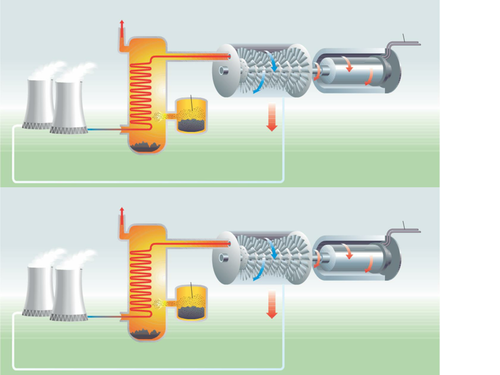Physicsfairy's Shop
"Everything should be made as simple as possible, but not simpler"-Albert Einstein. These wise words from the worl'd greatest physicist has long inspired my lesson plans, ensuring that concepts are made as simple as possible without dumbing down. All paid for lessons follow the same design, all lessons are clearly differentiated, with plenty of peer assessment and self assessment to reduce teacher workload and are fun and engaging for student and teacher alike.























